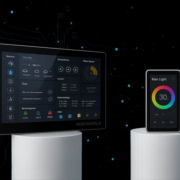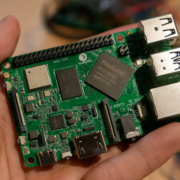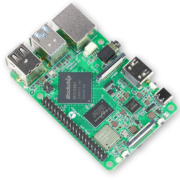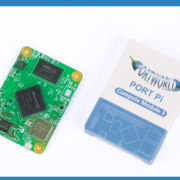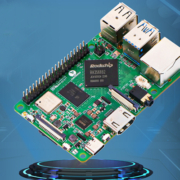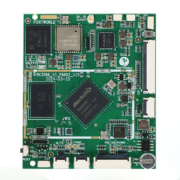What is the Difference Between Single Board Computer and SoM?
In the fast-evolving world of embedded systems and smart devices, choosing the right hardware platform is critical. Two of the most commonly used solutions are Single Board Computers (SBCs) and System on Modules (SoMs). While they may seem similar at a glance, they are fundamentally different in architecture, flexibility, and use cases. In this article, we’ll explore the key differences between SBCs and SoMs and how each fits into modern product development.
What Is a Single Board Computer (SBC)?
A Single Board Computer is a fully functional computer built on a single circuit board. It integrates the CPU, memory, storage, I/O ports, and often connectivity options like Wi-Fi or Ethernet—all in one board.
Common characteristics of SBCs:
- All-in-one solution
- Ready-to-use with minimal setup
- Includes ports like HDMI, USB, Ethernet, GPIO
- Runs standard operating systems (e.g., Android, Linux, Windows)
- Examples: Raspberry Pi, BeagleBone, Portworld’s YC-L Series
Use cases:
- Rapid prototyping
- DIY projects and maker communities
- Educational tools
- Standalone embedded systems
- Digital signage, media players
What Is a System on Module (SoM)?
A System on Module is a compact, core computing module that contains the processor, memory, storage, and power management—leaving the I/O and connectivity to a separate carrier board. It’s designed to be integrated into custom hardware solutions.
Common characteristics of SoMs:
- Modular design (SoM + Carrier Board)
- Smaller footprint and more flexible
- Allows full hardware customization
- Supports long product lifecycle and industrial use
- Examples: Portworld P6802 (RK3568), YC-P6602 (RK3566)
Use cases:
- Smart home and building automation
- Industrial control systems
- Medical devices
- OEM/ODM product development
- Applications needing high reliability and customization
Key Differences at a Glance
| Feature | Single Board Computer (SBC) | System on Module (SoM) |
|---|---|---|
| Integration | All-in-one | Separated into SoM + Carrier Board |
| Flexibility | Fixed design | Highly customizable |
| Development Speed | Faster to prototype | Longer initial setup, better for production |
| Size & Compactness | Larger due to ports and components | Smaller, suitable for space-constrained designs |
| Target Audience | Hobbyists, students, rapid prototyping | Engineers, OEMs, industrial applications |
| Production Readiness | Limited scalability | Designed for scalable, long-term production |
When to Choose SBC vs SoM?
- Choose an SBC if you’re building a project that needs a plug-and-play solution with minimal hardware development. Great for fast prototyping and proof-of-concept.
- Choose a SoM if you’re developing a product that requires hardware customization, scalability, or needs to be integrated into a compact industrial system.
Understanding the difference between SBCs and SoMs is essential when planning a smart device, automation panel, or industrial application. While SBCs offer simplicity and speed, SoMs deliver flexibility and long-term reliability.
At Portworld, we offer both solutions:
- Ready-to-use SBCs for rapid deployment
- High-performance SoMs with carrier board design support, full documentation, and OEM/ODM customization services

